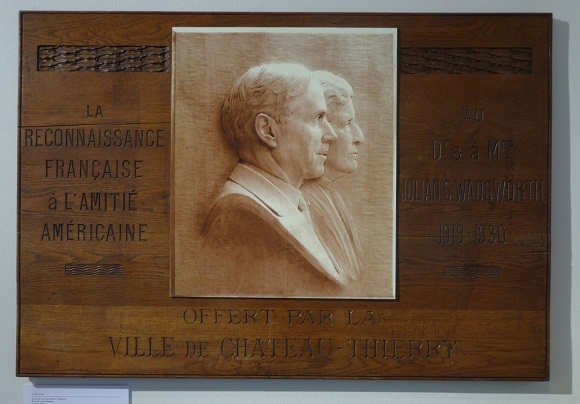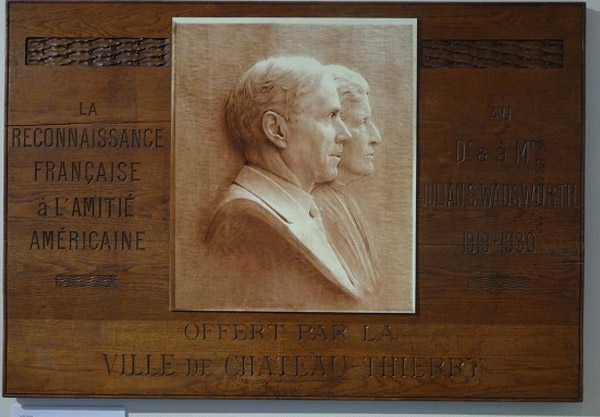
In the aftermath of the Great War of 1914-1918, American philanthropy and charitableness made its mark in Europe with initiatives to assist in the social, economic and structural reconstruction of devastated regions of northern and northeastern France. Unlike the Marshall Plan that followed the Second World War, private fortunes, foundations and churches led the way in giving, such as Rockefeller money going toward the reconstruction of Reims Cathedral and Carnegie money earmarked for the construction of a new library nearby.
Château-Thierry, 55 miles east of Paris along the Marne River, benefited from the dedication of Reverend Julian Wadsworth, delegate of the Board of Foreign Missions of the Methodist Episcopal Church, and his wife in their efforts to honor the memory of fallen soldiers while assisting residents of Château-Thierry and the surrounding villages.
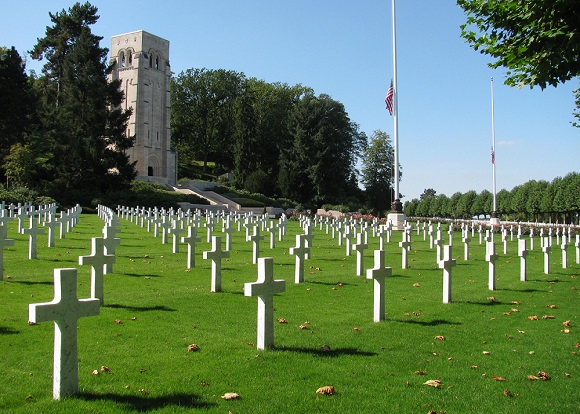
This is an area where American forces played a significant role along with our British and particularly French allies beginning in the spring of 1918 in countering the final major German offensives and pushing them back and to eventual surrender and signature of the armistice of November 11, 1918. The following October, the Wadsworths purchased the shell-ridden Hôtel de l’Elephant in Château-Thierry in order to create what Julian Wadsworth would refer to as “a war memorial” and “a community house of friendliness.”
Known as the Maison de l’Amitié Franco-Américaine (MAFA), the House of French-American Friendship, it provided day care and nursing services, a free circulating library and reading room, a war museum, tech instruction in the use of wireless telegraph and radio-telephone, the organization of Boy Scouts and Camp-fire girls and a social club for girls, while also supporting cultural exchanges and events in English and in French.
The MAFA “afford[ed] an ideal opportunity for closer acquaintance and the making of abiding friendship between the American, English and French peoples,” according to a pamphlet produced under the direction of Wadsworth in 1925. Entitled “A War Memorial: A Community House of Friendliness,” the pamphlet explains:
“Already the French Government had asked the Methodists to aid with relief for the refugees who were returning to the devastated homes. Thirty-two villages were assigned to them. It was while thinking of the aid which the Board of Foreign Missions in New York had offered for the devastated areas of France that the thought came of enlarging this temporary material assistance and making a more enduring monument which would a Memorial worthy of the soldiers whose graves are in France. The gift of the Methodist Episcopal Church to Château-Thierry should be more than a passing gift of material relief. It should be an enduring monument of happiness, built out of the desolation of war. It must be a loving service for those who are still living in the war-scarred villages of the Valley of the Marne.” (The full text of that brochure can be found here.)
In 1930 the Wadsworths donated the MAFA to the city. While it continued its vocations for decades, its increasingly dilapidated state led it to being closed in 2000.
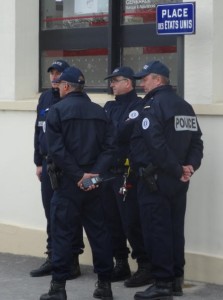 This year, on the eve of its November 11 Armistice Day / Remembrance Day / Veterans Day commemorations, the town of Château-Thierry inaugurated a new building on the same location, now calling it Maison de l’Amitié France-Amerique (translated on the plaque by its entrance as the House of France-American Friendship). The square out front had long been re-baptized Place des Etats-Unis (Square of the United States).
This year, on the eve of its November 11 Armistice Day / Remembrance Day / Veterans Day commemorations, the town of Château-Thierry inaugurated a new building on the same location, now calling it Maison de l’Amitié France-Amerique (translated on the plaque by its entrance as the House of France-American Friendship). The square out front had long been re-baptized Place des Etats-Unis (Square of the United States).
While the new building doesn’t as actively serve the lofty goals of the Wadsworths’ original project of the 1920s, it nevertheless reaffirms Château-Thierry’s with the United States.
The inaugural ceremony was led by U.S. Ambassador to France Jane D. Hartley and Mayor of Château-Thierry Jacques Krabal, accompanied by local and regional dignitaries in the presence of about 200 Castelthéodoriciens, as citizens of the town are called.
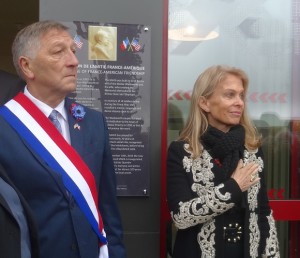
Rather than recount the history of the war or the American involvement in 1918 in the Third Battle of the Aisne, the Battle of Château-Thierry and the Second Battle of the Marne, the MAFA houses on its second floor an exhibition focusing on the life and death of Quentin Roosevelt. Son of Theodore Roosevelt and his second wife Edith, Quentin was shot down by German planes at the age of 20 during aerial combat over France on July 14, 1918, 17 miles northeast of here.
Quentin and his brothers Ted Jr., Archie and Kermit all served in WWI. Quentin was originally buried by the German army in the village of Chamery, where his plane crashed. In 1955 his remains were removed to the Normandy American Cemetery, to be re-laid to rest beside those of Ted Jr., who fought in WWII. The oldest American soldier and highest ranking officer to land by sea in Normandy (Utah Beach) on D-Day June 6, 1944, Ted Jr. who died of a heart attack five weeks into the invasion.

For more about Quentin Roosevelt, read Quentin Roosevelt: The Most Famous American Killed in France in WWI.
The ground floor of the new MAFA is occupied by the Château-Thierry Tourist Office. For visitors who need logistical assistance or who arrive without firm plans for their day, it’s a good first place to stop in order to obtain information about war touring in the surrounding region. For more about sights and memorials related to the American involvement in WWI, including Belleau Wood, the Aisne-Marne American Cemetery, and the American Monument of Château Thierry see this photolog.
Happily, war touring in these parts can also go hand in hand with wine touring—and not just any wine but champagne. Though Château-Thierry is located in the administrative region of Picardy and the department of Aisne, 16 miles from the border of the Champagne region (actually called Champagne-Ardenne), its surroundings lie within the champagne appellation.
As indicated above the entrance to the MAFA, the Chateau-Thierry area represents “the gates to champagne.” The tourist office is therefore well armed to advise visitors on how and where to visit champagne producers within a 20-minute drive east or west along the Marne, and they can call ahead to make last-minute appointments with grower-producers. (An article about champagne producers of this portion of the Marne Valley is coming soon.)
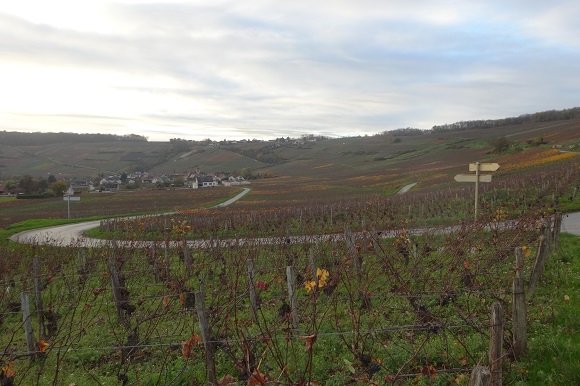
Finally, in keeping with the MAFA’s historical role as a center for cultural exchanges and learning, there is a space for temporary exhibitions and a room where children can come to learn English.
The MAFA is not a destination in itself, but the starting point for further explorations in this once war-torn, still champagne-filled stretch of the Marne River.
With time and interest, one might take a stroll to see the admirable facades of the theater, city hall and food market on the town’s central square and to look up towards the ramparts of the chateau occupied over 1000 years ago by a certain King Thierry IV before the Counts of Champagne took control of the region. Some medieval ruins still remain behind the ramparts.
The town’s major historical sight, involving neither champagne nor war, is its Hôtel Dieu, the former central hospital with a rich collection of works received during its centuries as a religious institution. There’s also a museum dedicated to 17th-century fable writer Jean de La Fontaine.
For outdoor entertainment, an enjoyable, family-friendly birds of prey show takes place April-September beside the chateau ruins, where, among others, a North American bald eagle takes flight.
Maison de l’Amitié France-Amérique / Château-Thierry Tourist Office, 2 place des Etats-Unis, 02400 Château-Thierry. Tel. 03 23 83 51 14.
© 2015, Gary Lee Kraut


